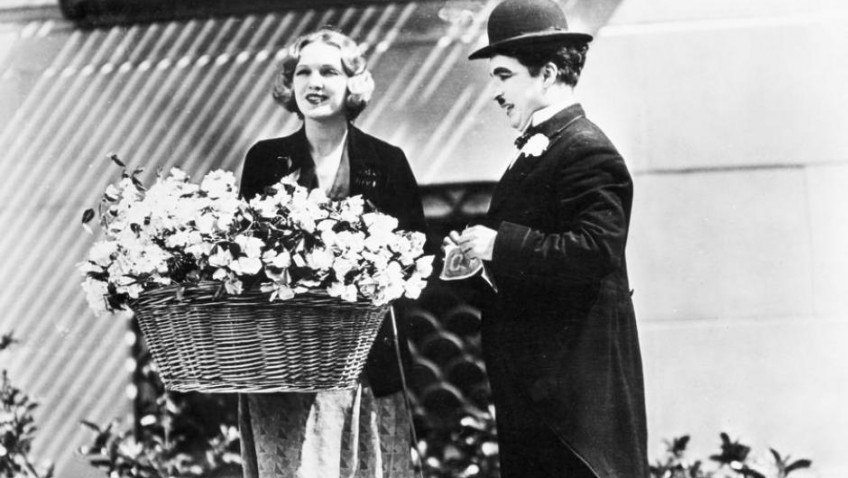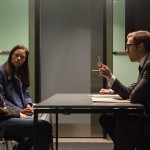Robert Tanitch reviews the latest DVDs
Even at this late stage, when the talkies were well established, Charlie Chaplin was still making silent films. How else could he reach his world audience? If the Tramp spoke, only English-speaking people would understand him.

TRAMP: You can see now.
GIRL: Yes, I can see now.
The dialogue is not spoken. It’s a silent film. The dialogue is on two title cards. The scene is beautifully underplayed by Chaplin and Virginia Cherrill. (Interestingly, in real life, they did not like each other at all.)
The slapstick routines, the riverside attempt at suicide and the boxing ring bout, are as good as ever. Harry Myers is perfect casting as the eccentric millionaire who, when he is drunk, loves the Tramp; but when he is sober rejects him completely.

The Tramp being used as a guinea-pig for a new invention, a feeding machine, is classic slapstick. Other pleasures include the Tramp as a night watchman roller-skating in an empty high street store and the Tramp as a waiter carrying a tray through a crowded dance floor and unable to reach and serve a customer. Chaplin’s voice is heard for the first time when he sings a gibberish song. Modern Times was the Tramp’s last appearance.

Jack Oakie’s bloated Mussolini and Billy Gilbert’s bemedalled Goering are very funny farce. Henry Daniell plays Goebbels absolutely straight. It’s a pity the German storm-troopers speak in such broad American accents.
The Great Dictator was released in 1940 when America hadn’t yet entered the war. It’s an anti-Fascist propaganda piece. Chaplin even steps out of character at the end to deliver a heartfelt sermon straight to the camera
To learn more about Robert Tanitch and his reviews, click here to go to his website




